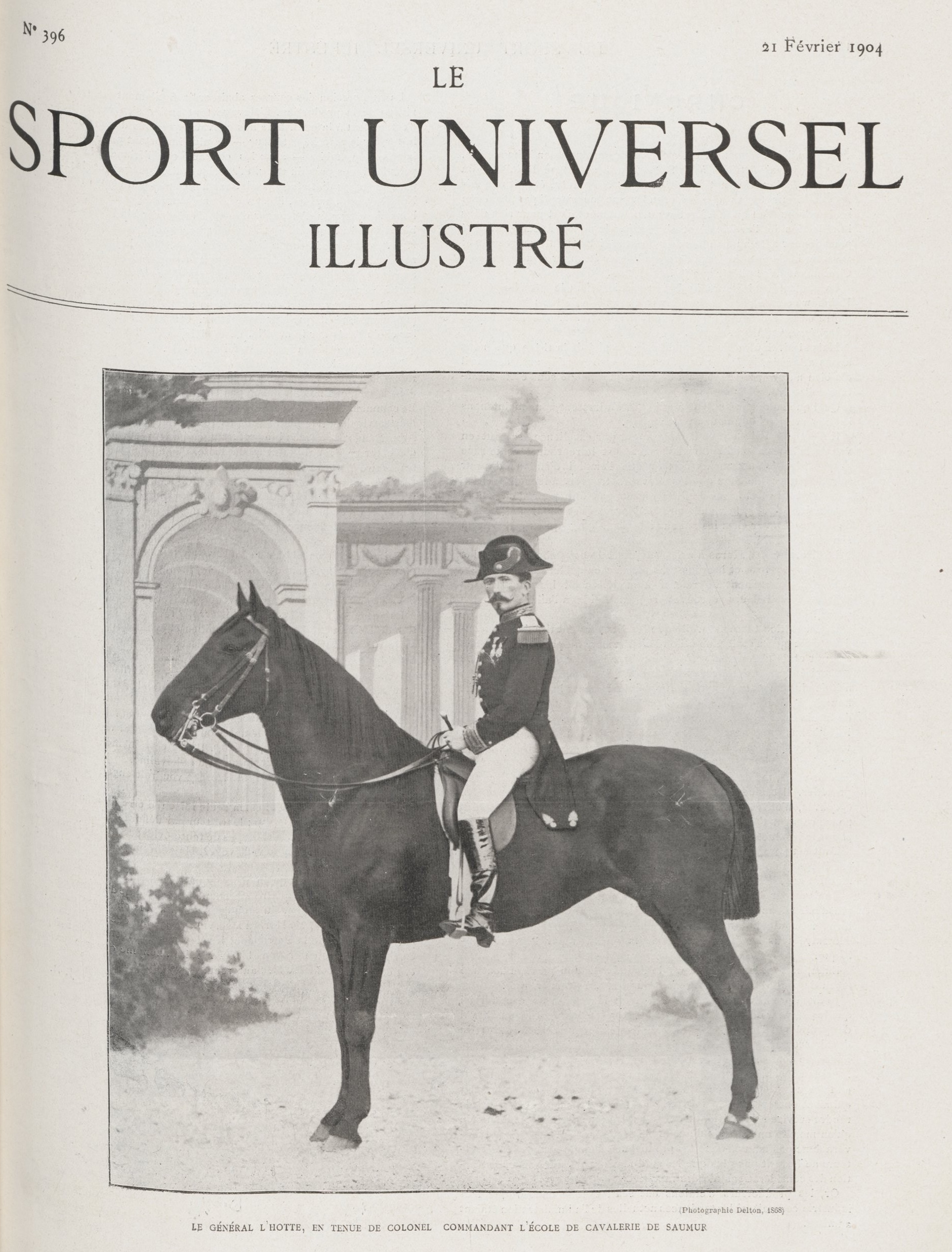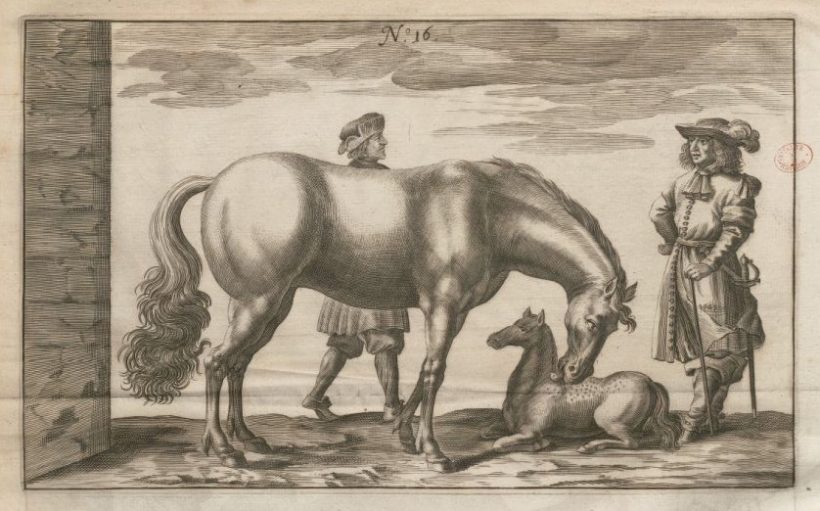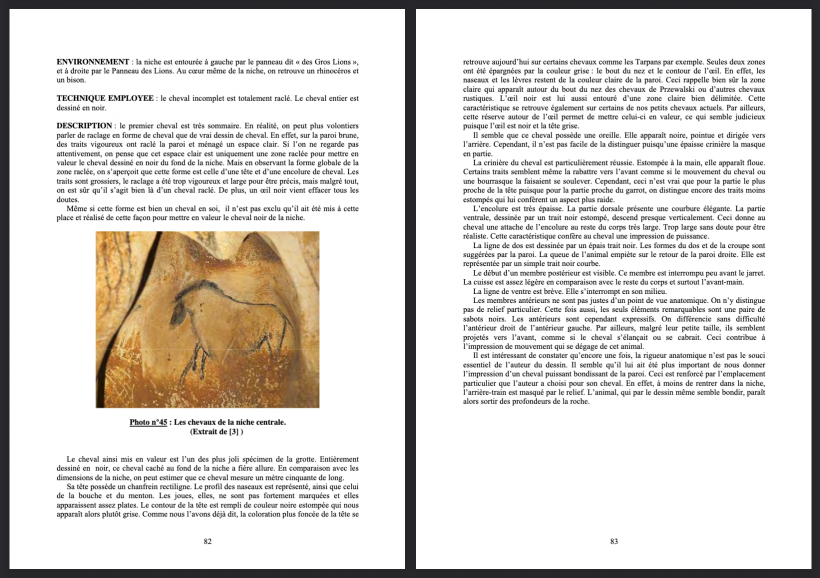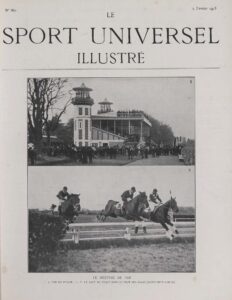
The last horses of L'Hotte
“I want to save my three horses, Glorieux, Domfront and Insensé, from being put down. They should be shot dead immediately,” General L'Hotte (1823-1904) had ordered in his will. His will was respected by his heirs, his nephews Arthur L'Hotte and Henri de Conigliano.
His obituary, which appeared in the 21 February 1904 issue of Sport Universel Illustré , confirms what happened to the great equerry's horses.
In it, Captain Choppin justifies his macabre last wishes as follows: “Before breathing his last, General L'Hotte formally requested that the two (*sic - three) horses he rode before becoming bedridden should no longer be ridden after his death. It is clear that this exceptional horseman feared that these magnificent animals would fall into the hands of strangers, who would treat them as mere commodities. The general's sentiment was therefore a deeply humane one, and in having them put down, did his heirs wish to dedicate them to the service of equine science by donating their skeletons to the Saumur riding school?”
This attachment, brought about by the “fusional relationship” between rider and horse beyond death, raises questions. It recalls the narrative device used by Paul Morand in his famous short story 'Milady , when he brings to life the bond between Commander Gardefort and his mare. It may be at the root of ancient funeral practices from the early Middle Ages that archaeologists, anthropologists and ethnologists are endeavouring to study during excavations of tombs containing both horses and humans. Fortunately, this tradition has become obsolete.
More details can be found in the afterword of the general's memoirs , which were published posthumously. This account fascinated connoisseurs: “When he entered the reserve, General L'Hotte had taken three horses with him: Glorieux, Domfront and Insensé. He rode them every day in a kind of small arena he had built behind his house. Sometimes he invited a few friends, officers from the garrison, to watch him at work. Many horsemen requested this favour and made the pilgrimage from Paris, Saumur and even abroad to Lunéville to see the old equerry perform the most brilliant and skilful work with his horses, obtaining from them that supreme lightness which had been his constant goal, and ‘without the most attentive spectator being able to perceive a single movement of his aids’.”
Until the painful ordeal when he had to hang up his boots ‘[…] In October 1902, General L'Hotte felt the first attacks of the painful illness that was to take his life. He had to give up riding, which was a source of bitter grief to him. Every day, his horses were successively let loose in his small riding school, and from a balcony overlooking the school, he would follow the free grace of their movements with a melancholy eye.’
And this terrible conclusion: ‘Following a wish he had expressed during his lifetime, his three horses were slaughtered after his death. No one was to ride them again after him, and he spared them the decline. They are buried behind the wall of the Lunéville cemetery, not far from the place where the man who loved them rests.’
Find out more:





